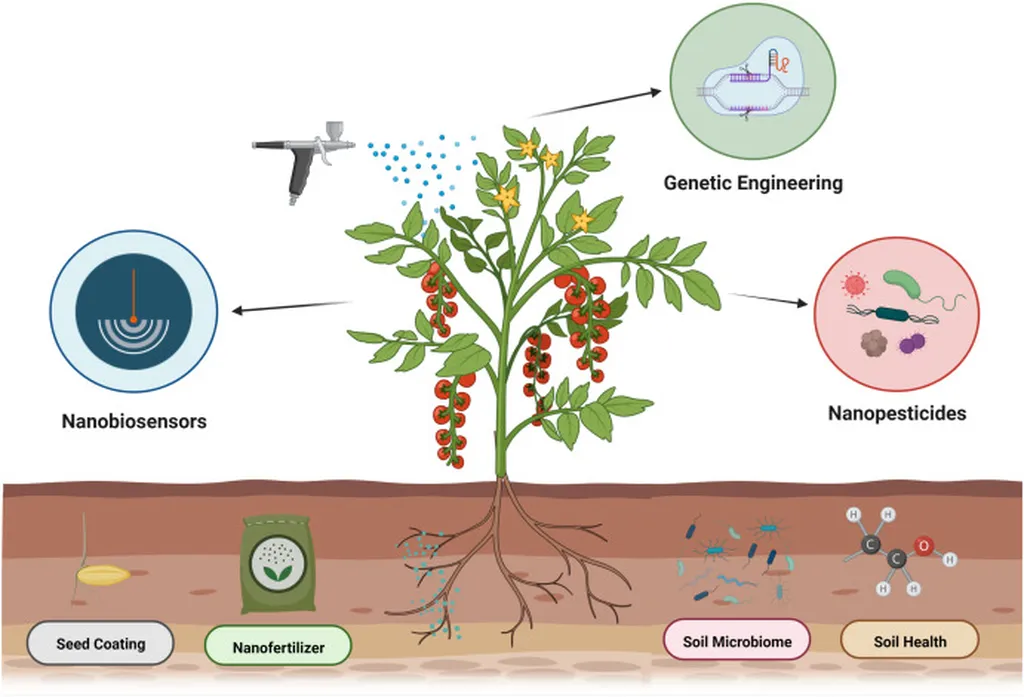In the quest for sustainable agriculture, scientists are turning to an unlikely ally: tiny, plant-derived nanoparticles. A recent review published in *Plant Stress* sheds light on the promising role of green nanoparticles in enhancing crop growth and resilience against environmental stressors. These eco-friendly nanomaterials, synthesized through biological processes, are emerging as a game-changer in the agriculture sector, offering a sustainable alternative to conventional chemical fertilizers and pesticides.
Green nanoparticles, particularly metal and metal oxide nanoparticles, have garnered attention for their ability to improve nutrient use efficiency, stimulate plant hormonal dynamics, and bolster antioxidative defense systems. “The physicochemical properties of these nanoparticles allow them to interact with plants in ways that conventional fertilizers cannot,” explains lead author Jiang YingYing from the Department of Life Sciences at CHRIST University in Bangalore, India. This interaction can lead to enhanced germination, root and shoot elongation, photosynthetic efficiency, and nutrient assimilation, ultimately boosting crop yields.
The review highlights the dual advantage of green nanoparticles: they not only enhance crop productivity but also minimize environmental impact. By modulating oxidative stress and activating defense pathways, these nanoparticles can confer tolerance against a range of abiotic stresses such as drought, salinity, and heavy metals, as well as biotic stresses like pathogen attacks. “This is a significant step forward in our quest for sustainable agriculture,” says Jiang. “It offers a way to increase food production without compromising the health of our ecosystems.”
The commercial implications of this research are substantial. As the global population continues to grow, the demand for sustainable and efficient agricultural practices is more pressing than ever. Green nanoparticles present a viable solution, offering farmers a tool to improve crop resilience and productivity while reducing the need for harmful chemicals. This could lead to significant cost savings and environmental benefits, making agriculture more sustainable and profitable.
However, the path to widespread adoption is not without challenges. The review addresses concerns related to nanoparticle biosafety, large-scale application, and regulatory frameworks. “While the potential is enormous, we must ensure that these nanoparticles are safe for both humans and the environment,” Jiang cautions. “This requires further research and the development of robust regulatory guidelines.”
Looking ahead, the integration of green nanotechnology into agricultural practices could revolutionize the way we grow food. By harnessing the power of these tiny, plant-derived nanoparticles, we can enhance crop productivity, improve resilience to environmental stressors, and pave the way for a more sustainable future. As Jiang notes, “The future of agriculture lies in innovation, and green nanoparticles are a promising avenue to explore.” This research not only highlights the potential of green nanoparticles but also sets the stage for future developments in the field, offering a glimpse into a more sustainable and productive agricultural landscape.

